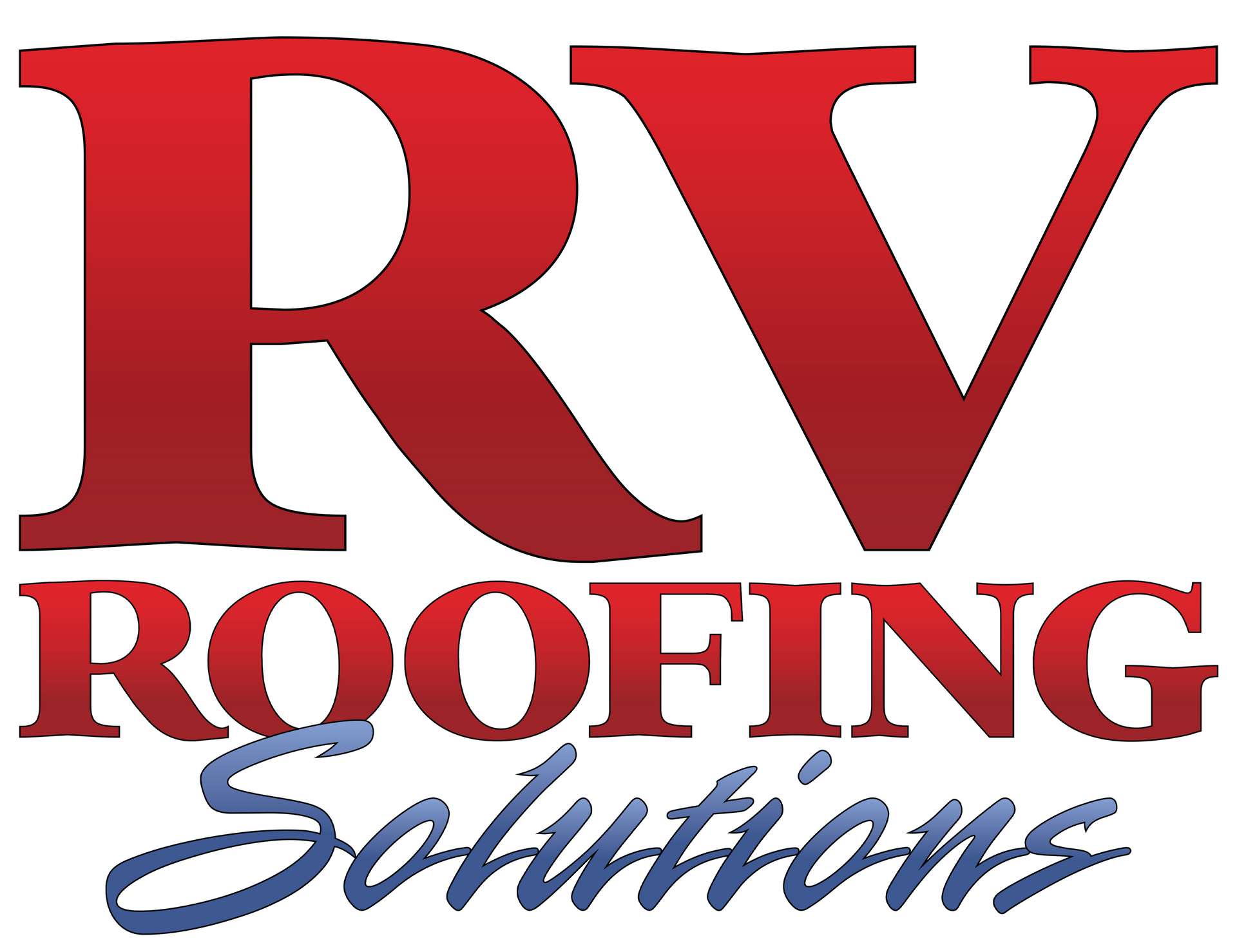UPCOMING EVENTS: Join us!
FMCA's 110th International Rally Perry GA March 12-15th Orlando RV Show March 13-16 Escapade Tucson AZ March 16-21st
Easy Care | Flexible | Lightweight
Low VOC | Maintenance Free | Seamless
Maintenance FREE RV Roofing Systems
Extending Your RV Roof’s Life With Regular Inspections
The open road, the scenery, the freedom—owning an RV is a thrill like no other. However, as any seasoned RV owner knows, maintaining your vehicle is crucial for ensuring its longevity and your continued enjoyment.
Among the most important yet often overlooked aspects of RV maintenance is roof care. A well-maintained roof can extend the life of your RV and save you from costly repairs. Here, we’ll explore how regular roof inspections can extend your RV’s life and keep it adventure-ready for years to come.
Why Roof Inspections Matter
Most RV owners are told that RV roofs can endure quite a bit. Unfortunately, the truth is your RV roof is exposed to harsh conditions like sun, rain, snow, wind, and sometimes even hail—all of which can take a toll over time. Regular inspections help you catch small problems before they become big issues. By maintaining a consistent inspection schedule, you can prevent water damage, mold growth, and structural issues that can compromise your RV’s integrity and safety.
Neglecting roof maintenance can lead to leaks, which are not only inconvenient but can also damage your RV’s interior. A small leak could quickly escalate into a major problem, affecting walls, ceilings, and even electrical systems. Regular roof inspections can help prevent water damage and maintain your RV’s resale value, as a pristine roof is a major selling point.
Routine inspections also give you peace of mind. Knowing your roof is in good condition allows you to focus on enjoying your travels instead of worrying about potential issues. It’s a simple practice that pays off down the road.
Understanding Your RV’s Roof
RV roofs come in various materials, each with its own set of care requirements. Common materials include rubber variations like EPDM, TPO, vinyl, and PVC. Higher-quality RVs have hardened materials such as fiberglass and aluminum. You must know what kind of roof your RV has to determine the appropriate maintenance methods and products.
Rubber roofs are quite popular due to their affordability and flexibility. They are lightweight and offer some insulation, but they can also be prone to tears, punctures, and UV damage. They need proper cleaning and UV protection treatments to keep them in top condition.
EPDM roofs require special cleaners and sealants, but knowing what kinds of cleaners won’t degrade the EPDM can be tricky. TPO roofs may need additional UV protectants to prevent cracking and degradation. A lot of industry professionals will tell you that fiberglass roofs don’t require maintenance. While fiberglass tends to be more durable and resistant to damage, fiberglass roofs need regular treatments like an annual professional gelcoat to maintain their luster and prevent oxidation. Chalking on a fiberglass RV roof is the first sign that your roof needs immediate attention.
Aluminum roofs, on the other hand, are less common due to their weight but offer excellent durability and resistance to elements. Regular inspections for corrosion and dents are important for these roofs.
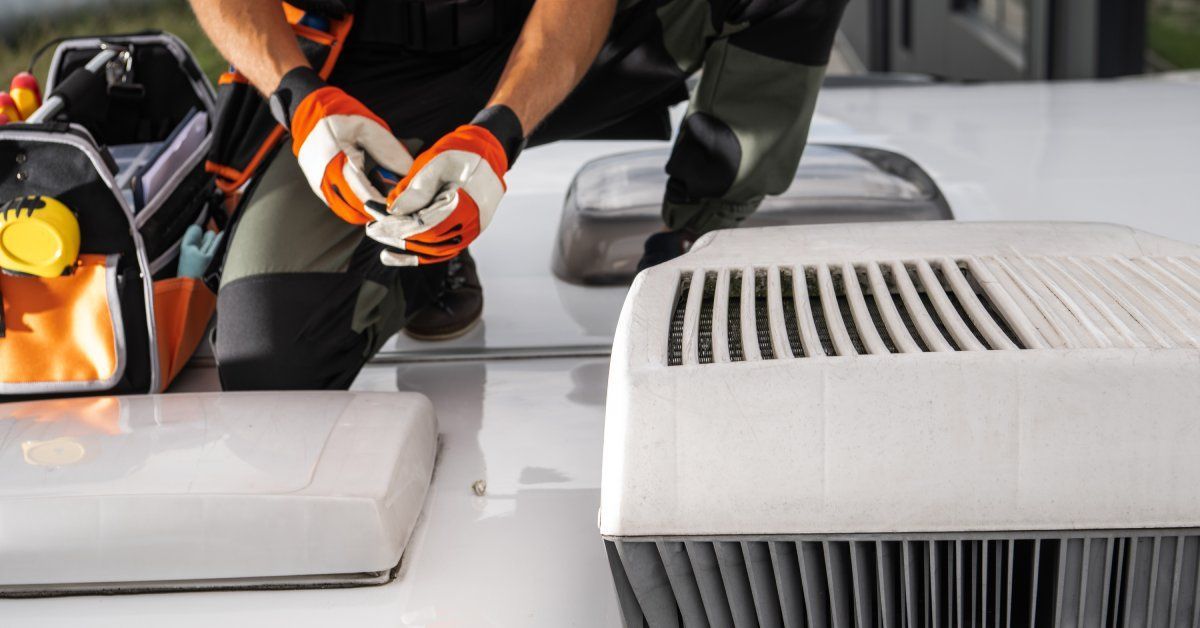
Scheduling Your Inspections
We are often asked, “How often should I do a roof inspection?” Creating an inspection schedule is key to maintaining your RV roof.
Most companies tell you that you’ll be fine with a roof inspection just twice a year. We recommend inspecting a standard OEM roof at least four times a year. This would ideally happen before and after the camping season, as well as a few times in between—especially if you encounter low-hanging tree branches. This allows you to address any issues that might have arisen during storage or use.
Beyond those inspections, it’s wise to give your roof a quick check after severe weather events, such as hailstorms or heavy snowfall. These inspections don’t have to be exhaustive but can help catch any immediate damage that needs attention.
A hailstorm can cause microfractures in your existing membrane that may not be visible to the naked eye. Hail damage can take weeks or months to be seen. It is important to write down the date of the hailstorm and take photos—this can be useful later if issues arise.
Proper storage in winter is another essential part of maintaining your RV roof. Snowpack can be damaging to light trailers as the structure cannot hold much weight. Covered storage is best in cold climates, such as an RV port, barndominium, or RV garage. A fabric cover is another option that can help protect the top and sides of the RV.
Consider setting a reminder on your phone or in your calendar to stay on top of your inspection schedule. Consistency is key, and having a routine ensures you don’t overlook this maintenance.
Performing a Thorough Inspection
Begin your inspection by clearing any debris from the roof. Twigs, leaves, sap, and dirt can trap moisture against the roof surface, leading to potential damage. Once the roof is clear, visually inspect the surface for cracks, punctures, or discoloration in the membrane.
Take note of any areas where the roof material appears to be lifting or where seams may be coming apart. These can be entry points for water, and you should address them quickly. Check around roof vents, antennas, and air conditioning units, as these are common areas for leaks to develop.
Don’t forget to inspect the edges (front and back termination bars) and gutters (along the sides) of your roof. Make sure that gutters are free of obstructions and that the sealant along the drip edge is intact. If you notice any issues, make a note to address them before they get worse.
Cleaning and Maintenance Tips
Regular cleaning is vital for maintaining your RV roof. However, it’s important to use the right products to avoid damaging the material. Always choose a cleaner designed for your roof type. Follow the manufacturer’s instructions, and apply it using a soft brush.
A lot of folks on social media (and even industry professionals) will tell you it’s okay to use all-purpose cleaner or Dawn dish soap. The problem with these options is that they can damage the finish on your coach and strip the protective finish and waxes.
Gently scrub the roof, focusing on areas with stubborn stains or buildup. The best way to do this is on your hands and knees. Rinse thoroughly with a hose, removing all cleaning residue. Avoid using high-pressure washers, as they can damage the roof material and cause tears in the membrane if the washer is not on the right setting.
After cleaning, apply an industry-trusted UV protectant to guard against sun damage. This step is especially important for rubber roofs, which can degrade quickly under constant exposure to UV rays.
In addition to UV treatment, caulking should be removed and replaced when cracks or holes are discovered. Many people simply layer more caulk over old caulk. Unfortunately, while this is common, it’s not the best practice. It leads to poor adhesion, reduced flexibility, and potential mold growth. A professionally installed RV Roofing Solutions system eliminates the need for an annual peel and seal of your old caulking and makes your RV roof virtually maintenance-free!
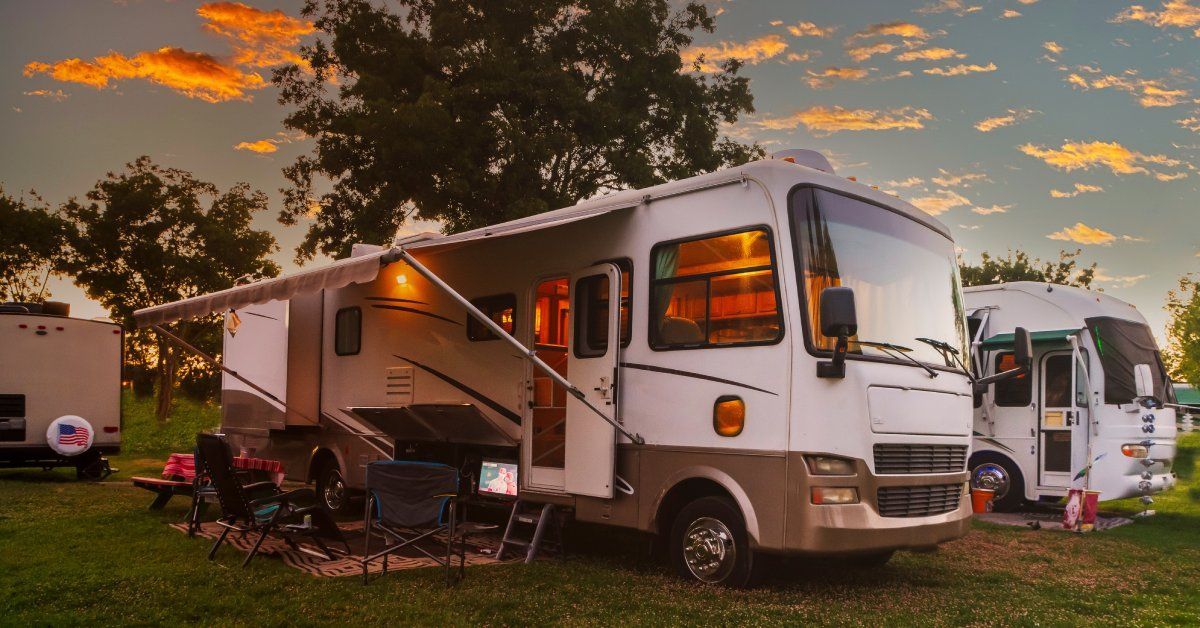
Recognizing When To Seek Professional Help
While regular DIY inspections and maintenance can address many issues, there are times when professional help is necessary. RV Roofing Solutions can provide a maintenance-free option. In fact, over 60 percent of our customers get our standard system installed before they ever have a leak.
Once you notice extensive damage, such as large areas of sagging or significant leaks, it’s time to call a professional—if that’s where you’re at, the costs can start adding up quickly.
Professional repair services have the expertise, experience, and specialized equipment needed to address complex issues. Our team can assess the overall condition of your roof and recommend the right system for you with a one-on-one consultation. Investing in professional repairs can save you money in the long run by preventing further damage.
Here at RV Roofing Solutions, we offer professional mobile RV roof repair and maintenance that will get you back on the road as soon as possible.
Preventative Measures for Longevity
Along with regular inspections and maintenance, several preventative measures can extend the life of your RV roof. Many people choose to use a roof cover or tarp when their RV is in storage. While this extra layer of protection can be a shield to protect the roof from sun, rain, and debris, covers can cause damage as they rub along the radius of an RV roof. They also trap moisture, creating a breeding ground for mold and mildew. Unfortunately, many HOAs require them, so even though it’s a daunting task, you should check the roof regularly if you keep it covered.
Parking your RV in shaded areas, like a covered port, also reduces UV exposure, which can degrade roof materials over time. If the only shade that is available is tree cover, be mindful of sap and leaves that fall on the roof. In moist areas, algae growth on RV roofs is also possible. Sap, leaves, and algae should not be left there, as they will degrade your roofing materials faster and necessitate more frequent cleaning.
Be sure to manage tree branches and foliage near your RV. Regularly trim branches that hang over your RV, as falling debris can cause damage during storms or high winds.
Getting Back to the Drive
Caring for your RV roof with regular inspections and maintenance is essential for extending its lifespan and ensuring your travels remain trouble-free. By staying proactive and addressing issues early, you can prevent costly repairs and enjoy peace of mind on your adventures.
RV Roofing Solutions’ complete system is the best way to make sure your RV’s roof is secure for the long run. Our system removes the need for recaulking your roof, taking the burden off your shoulders so you can focus on enjoying your RV.
You might also like
RV Roofing Solutions' Blog
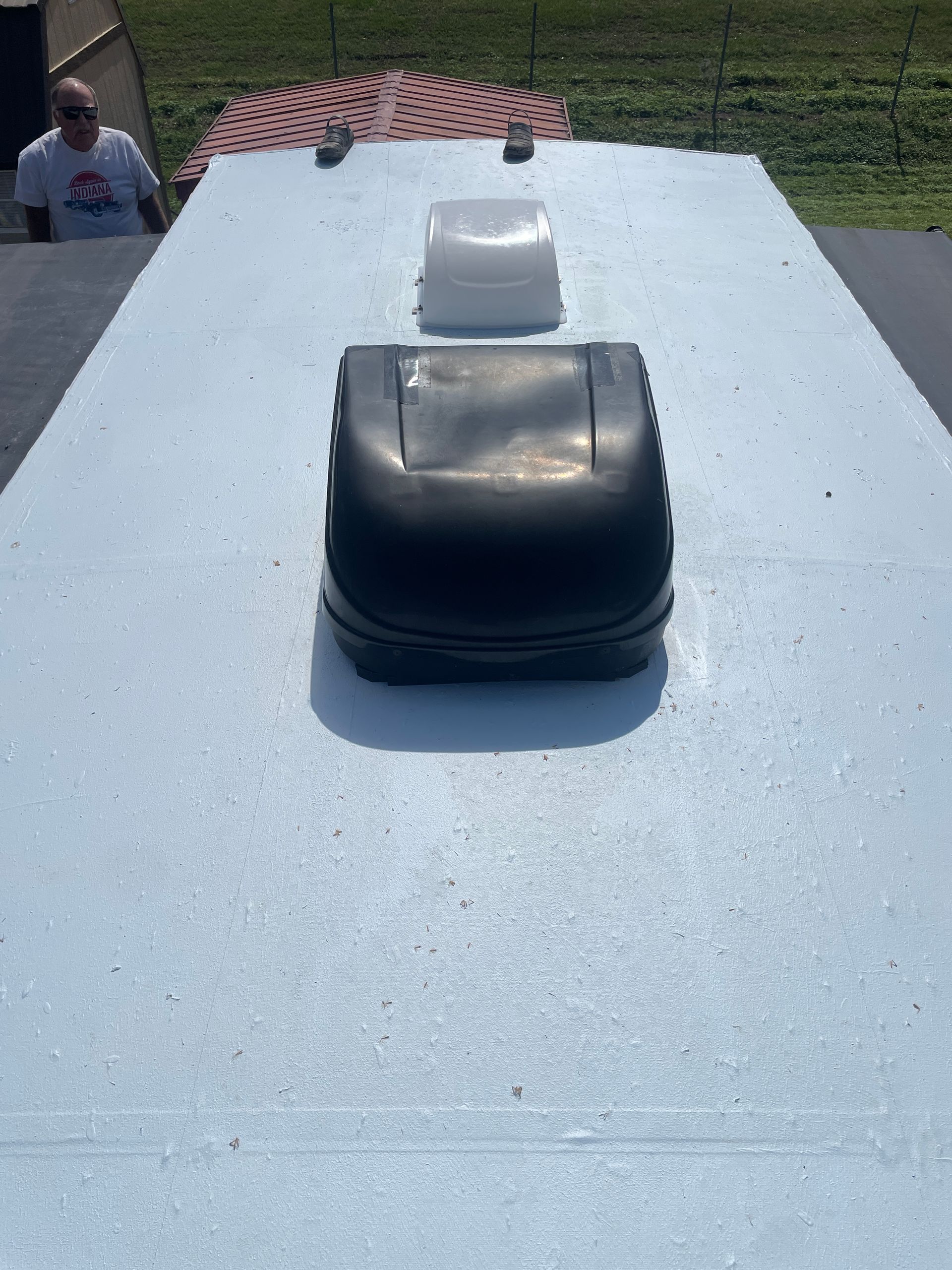
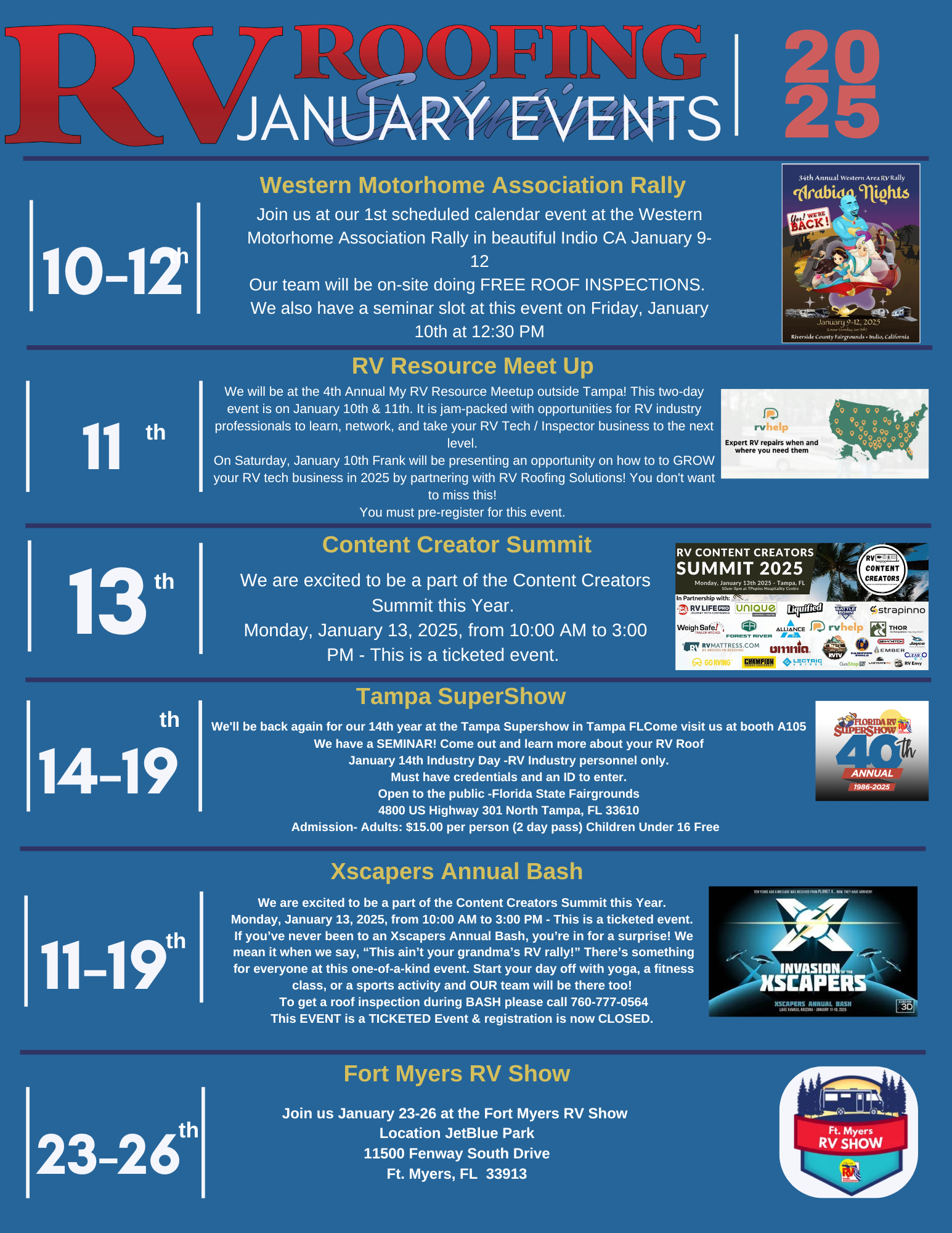
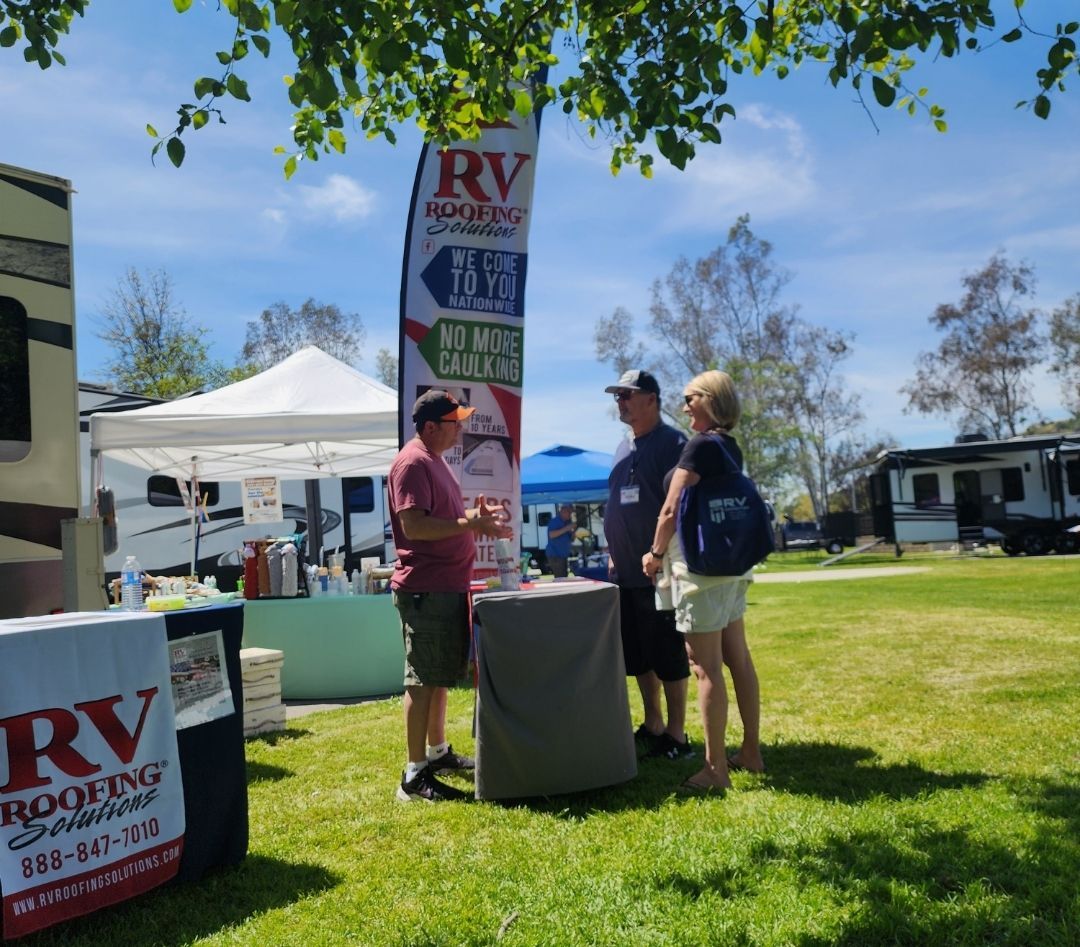
Book a Service Today
We will get back to you as soon as possible
Please try again later
Our installers are mobile and come to you.
Get an estimate today!
Home Office Location
Austin Texas
sales@rvroofingsolutions.com
Call 760-777-0564
All Rights Reserved | RV Roofing Solutions


